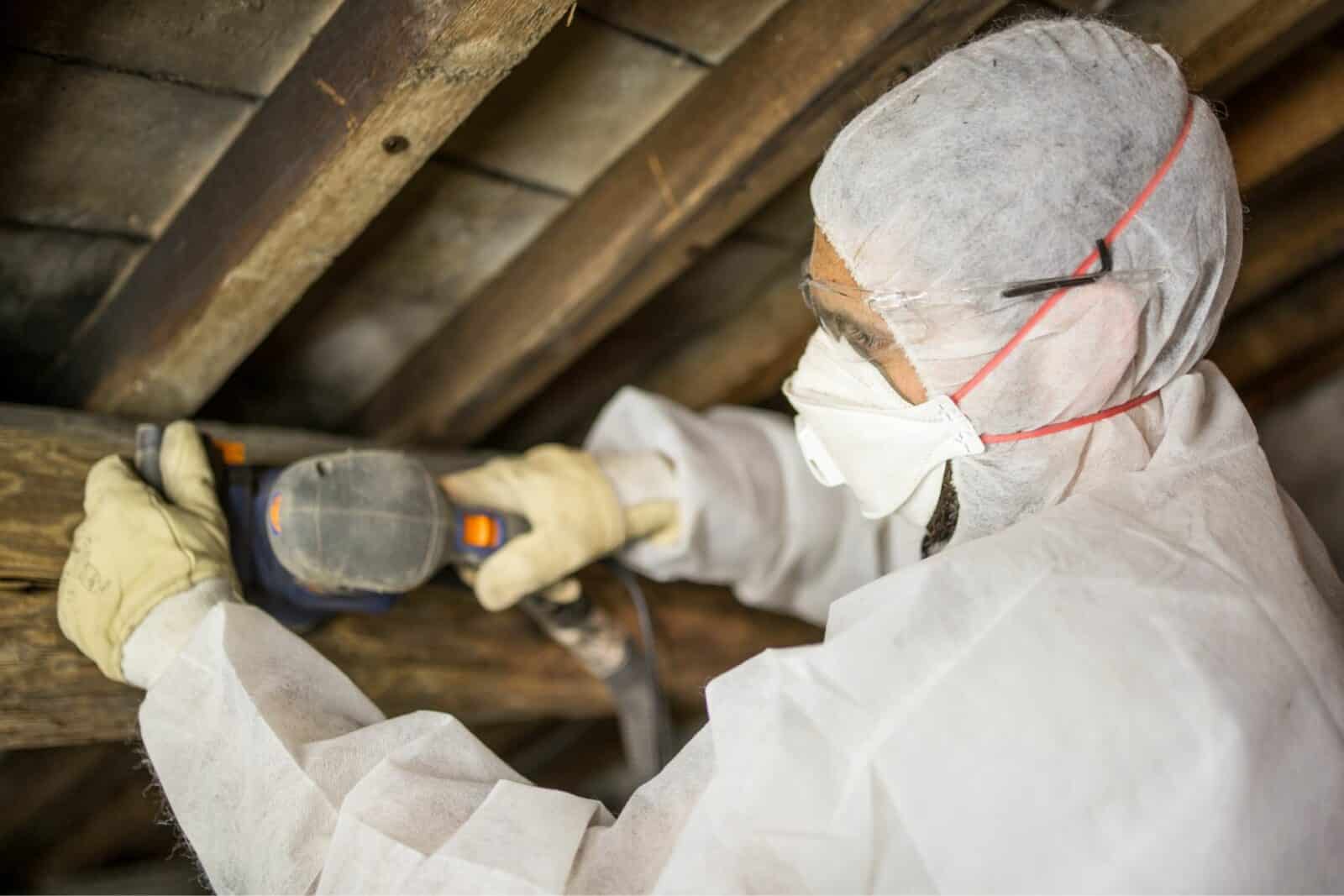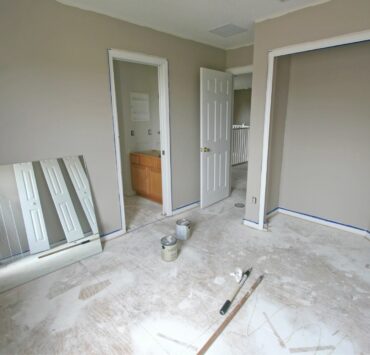Insulating your tiny home is a critical step in maintaining a comfortable indoor environment and reducing energy consumption. However, using eco-friendly insulation materials aligns with the principles of sustainable living. In this guide, we’ll delve into various eco-friendly tiny home insulation options, offering insights into their benefits, installation, and expert advice.
Best Eco-Friendly Tiny Home Insulation Options
Eco-friendly insulation not only helps regulate temperature but also minimizes environmental impact. When choosing insulation for your tiny home, consider these sustainable options:
Option 1: Recycled Denim Insulation
Recycled denim insulation is made from repurposed denim jeans, making it an excellent choice for eco-conscious homeowners:
- Benefits: It offers effective thermal insulation, soundproofing, and is resistant to mold and pests.
- Installation: Rolls or batts can be easily installed between studs, joists, and rafters. Wear protective gear during installation.
Option 2: Sheep’s Wool Insulation
Sheep’s wool is a renewable and biodegradable insulation material that provides exceptional thermal performance:
- Benefits: It regulates humidity, has natural fire-resistant properties, and can absorb and release moisture without compromising insulation.
- Installation: Similar to traditional insulation, it’s available in batts or rolls and can be installed with protective clothing.
Option 3: Cellulose Insulation
Cellulose insulation is made from recycled paper and treated to be fire-resistant and mold-resistant:
- Benefits: It’s energy-efficient, offers soundproofing, and fits into small spaces and awkward corners effectively.
- Installation: Blown-in cellulose can be professionally installed to fill cavities and ensure complete coverage.
Considerations for Choosing Eco-Friendly Insulation
Before selecting insulation for your tiny home, keep these factors in mind:
- R-Value: Consider the insulation’s R-value, which indicates its thermal resistance. Choose an R-value suitable for your climate.
- Moisture Resistance: Opt for insulation materials that resist moisture to prevent mold growth and maintain insulation effectiveness.
- Installation Method: Choose an insulation type that aligns with your installation preferences and skills. Some materials require professional installation.
FAQs about Eco-Friendly Tiny Home Insulation
Are eco-friendly insulation options more expensive?
While initial costs might be slightly higher, eco-friendly insulation can lead to energy savings and long-term cost benefits.
Can I install eco-friendly insulation myself?
Yes, many eco-friendly insulation options are suitable for DIY installation. Follow manufacturer guidelines and wear protective gear.
Will eco-friendly insulation materials attract pests?
No, most eco-friendly insulation materials are treated to be resistant to pests and mold, ensuring a comfortable and healthy indoor environment.
Do these insulation options work well in all climates?
Eco-friendly insulation materials can work well in various climates, but it’s essential to choose the right R-value for your specific climate.
Can I combine different insulation types for better performance?
Yes, combining insulation types, such as using recycled denim and cellulose, can enhance overall insulation performance.
Can I recycle eco-friendly insulation materials?
Yes, many eco-friendly insulation materials are recyclable, contributing to a closed-loop sustainability cycle.
Conclusion:
Choosing eco-friendly insulation for your tiny home not only enhances energy efficiency but also aligns with a sustainable lifestyle. Recycled denim, sheep’s wool, and cellulose are excellent options that offer effective thermal performance and contribute to reduced environmental impact. With expert insights and considerations in mind, you can create a cozy and eco-conscious living space in your tiny home.
Related posts:
 Maximizing Small Spaces: Tips and Tricks for Making the Most of Your Square Footage
Maximizing Small Spaces: Tips and Tricks for Making the Most of Your Square Footage
 Making the Most of a Studio Apartment with Balcony: Tips and Tricks for Maximizing Your Space
Making the Most of a Studio Apartment with Balcony: Tips and Tricks for Maximizing Your Space
 Creating a Cozy and Efficient Living Space: Minimalist Studio Apartment Ideas
Creating a Cozy and Efficient Living Space: Minimalist Studio Apartment Ideas
 The Art of Living in a Tiny Home: Design and Decor Tips
The Art of Living in a Tiny Home: Design and Decor Tips
 16 Small Bedroom Office Combo Ideas: Achieve That Home-Work Balance
16 Small Bedroom Office Combo Ideas: Achieve That Home-Work Balance



